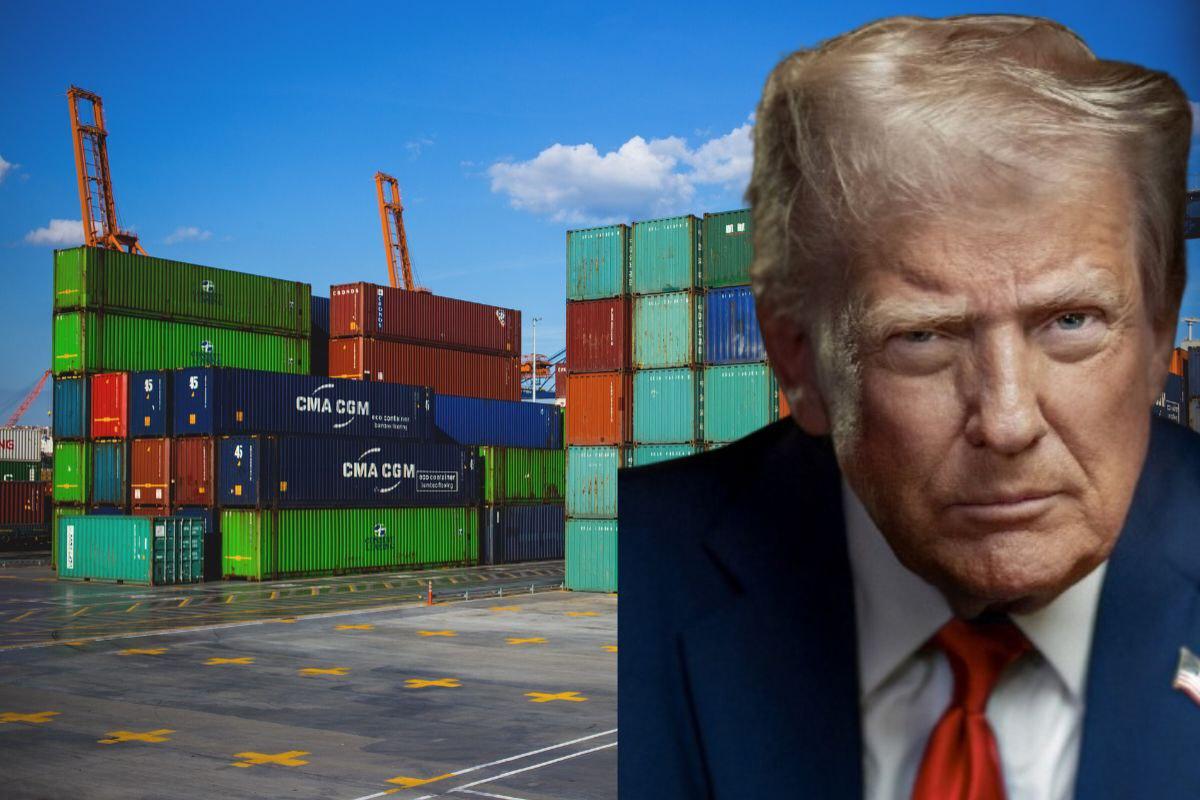
U.S. President Donald Trump is once again preparing to jolt the global trade order. In a move that could unsettle multiple nations, Trump has signed 12 separate trade-related letters which are scheduled to be sent to concerned countries on July 7. These documents are being referred to as “trade letters,” and they will target nations currently trading with the United States but refusing to comply with America's tariff conditions.
While Trump has not revealed which specific countries will receive the letters, he confirmed their existence during a press interaction, stating that all 12 letters have been signed. The announcement has already triggered anxiety in diplomatic and trade circles globally, as the U.S. signals its unwillingness to tolerate any trade deficits going forward.
President Trump explained that sending direct notices is far more effective than extended negotiations and round-table talks. He cited previous examples involving the United Kingdom and China, where similar direct approaches led to what he described as successful outcomes for both parties.
The core message from the Trump administration is clear: if a country wants to do business with the United States, it must adhere to the tariff rules set by Washington. Trump also hinted that the tariff rates could range dramatically—from 10% to as high as 70%—depending on the trade relationship and specific disputes involved. He mentioned this during a prior statement on July 3, which is now seen as a precursor to the upcoming trade letters.
The implications of this move are expected to reach beyond adversarial nations. Even traditional trade allies such as Taiwan and members of the European Union may be affected. Trump's move is seen not merely as a warning but a structural shift in how the U.S. plans to handle international commerce under his leadership.
From India’s perspective, this development arrives at a sensitive time. The India-U.S. trade deal is currently in its final stages, and the only step remaining is President Trump’s final approval. U.S. Trade Representative Jamieson Greer has already given a green light to the first phase of the agreement, making Trump’s signature the final hurdle.
Negotiators from both sides have discussed various tariff-related issues. India, however, has remained firm on protecting its agriculture and dairy sectors. Sources familiar with the matter, speaking anonymously to Mint, have confirmed that India will not compromise on these critical sectors under any condition.
Instead, the Indian delegation has focused on improving access to American markets for other industries, seeking reduced tariffs while safeguarding domestic interests. If approved, the bilateral trade agreement could redefine the economic relationship between the two countries. It would not only bring financial benefits but also serve as a framework for future trade discussions between India and the United States.
This deal is being closely watched across the international trade community as a potential model for how two large economies can work around sensitive sectors and still achieve common ground.
As for the 12 trade letters signed by President Trump, the world now awaits the July 7 announcement to know which countries are on the list. The next few days will be crucial in shaping how global trade dynamics evolve under Trump’s renewed push for America-first economics.
Disclaimer: This article is based on available information and official statements made by the U.S. President. Developments may change based on upcoming announcements on July 7. Readers are advised to follow up with verified government releases and expert commentary for ongoing analysis.




